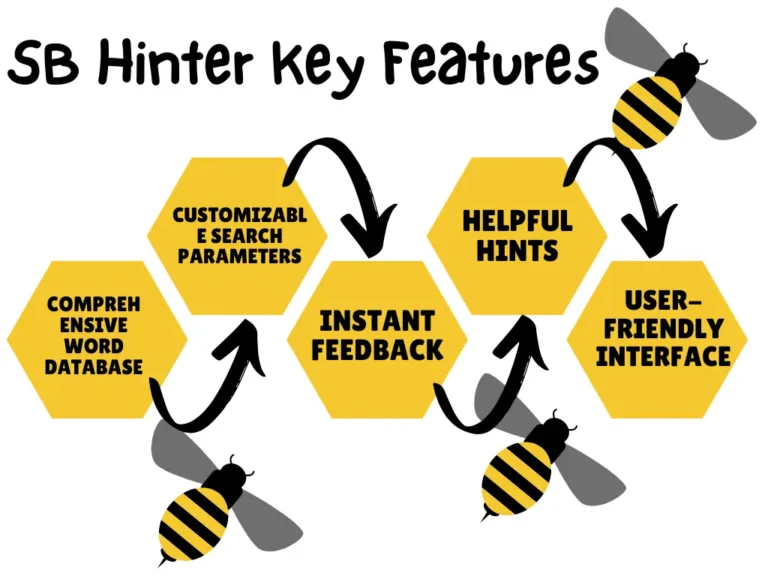In the world of software and problem-solving tools, sbsolver is a term that’s gradually gaining traction. But what exactly is sbsolver, and why should you care about it? Whether you’re a developer, a student, or just someone interested in efficient problem-solving methods, understanding sbsolver can open doors to faster, smarter solutions.
What is sbsolver?
At its core, sbsolver is a tool designed to help solve complex problems through a blend of algorithmic strategies and computational techniques. The name “sbsolver” typically refers to software or libraries that focus on constraint satisfaction problems (CSPs) or optimization problems. These are mathematical puzzles where you need to find values for variables under specific conditions or constraints.
Think of sbsolver as a digital brain that navigates through numerous possible solutions and finds the best or most suitable one based on your criteria.
Why sbsolver Matters
In today’s data-driven world, solving problems efficiently can save both time and resources. Manual calculations or brute force trial-and-error methods quickly become impractical when problems grow in complexity. Here’s why sbsolver is gaining popularity:
-
Speed: Automates the search for solutions in massive problem spaces.
-
Accuracy: Minimizes human error by relying on precise algorithms.
-
Versatility: Applicable across different domains like scheduling, logistics, AI, and more.
-
Scalability: Handles increasing complexity without exponentially increasing computation time.
Core Features of sbsolver
While implementations may vary, some common features are typically associated with sbsolver tools:
1. Constraint Programming
sbsolver focuses on defining variables and constraints, then searching for solutions that satisfy all conditions.
2. Backtracking Algorithms
To efficiently explore possible solutions, sbsolver often employs backtracking—a method that incrementally builds candidates and abandons those that fail constraints early.
3. Heuristics and Optimization
Many sbsolver variants integrate heuristics to prioritize promising solution paths, thus speeding up the search.
4. Flexibility
Users can define custom constraints and objectives, making sbsolver adaptable to unique challenges.
Common Applications of sbsolver
sbsolver isn’t limited to theoretical use. Its applications span multiple industries and problem types, including:
-
Scheduling: Assigning tasks or shifts to resources while respecting availability and preferences.
-
Resource Allocation: Distributing limited resources optimally among competing demands.
-
Puzzle Solving: Tackling complex puzzles such as Sudoku or logic grid puzzles.
-
Route Optimization: Finding the shortest or most efficient paths in logistics.
-
Artificial Intelligence: Assisting in decision-making processes within AI systems.
How sbsolver Works: A Simple Example
Imagine you need to schedule meetings for a team but have limited rooms and time slots. Each team member has preferences and availability constraints. Using sbsolver, you can:
-
Define variables: Each meeting assigned to a time slot and room.
-
Set constraints: No overlapping meetings in the same room; member availability.
-
Run the solver: It explores possibilities to find a valid schedule.
-
Output: A feasible schedule that satisfies all constraints.
This approach saves hours of manual planning and helps avoid conflicts.
Benefits of Using sbsolver
Here’s a quick rundown of why integrating sbsolver into your workflow is beneficial:
-
Time Efficiency: Automates tedious and time-consuming problem-solving.
-
Improved Decision Quality: Finds optimal or near-optimal solutions instead of guesswork.
-
Cost Savings: Reduces the need for trial-and-error adjustments.
-
Scalability: Handles growing complexity without major redesign.
-
Reusability: Once defined, constraints and models can be adapted for new problems.
Challenges and Considerations
While sbsolver is powerful, it’s important to understand its limitations:
-
Computational Resources: Some problems may require significant processing power.
-
Complexity of Model Setup: Defining correct constraints needs expertise.
-
No Universal Solver: Different problems might need tailored solvers or algorithms.
-
Approximation: For extremely complex problems, exact solutions might be impractical; heuristic or approximate methods are used.
Tips for Effective Use of sbsolver
To get the best results with sbsolver tools, consider these practical tips:
-
Start Simple: Begin with basic constraints and add complexity gradually.
-
Use Heuristics: Leverage problem-specific knowledge to guide the solver.
-
Test Incrementally: Validate small parts of your model before full runs.
-
Monitor Performance: Keep track of solution times and tweak parameters.
-
Document Constraints Clearly: Helps avoid confusion and facilitates maintenance.
Popular sbsolver Implementations and Tools
While “sbsolver” as a term is broad, several tools embody the principles behind it:
-
Google OR-Tools: Open-source suite for combinatorial optimization.
-
Choco Solver: Java library for constraint satisfaction problems.
-
MiniZinc: A modeling language that connects to various solvers.
-
Z3 Solver: Microsoft’s theorem prover for SMT problems.
These platforms provide solid foundations if you’re looking to implement or experiment with sbsolver approaches.
Looking Forward: The Future of sbsolver
The evolution of sbsolver is tied to advancements in AI, machine learning, and computational power. Here’s what to expect:
-
Integration with AI: Combining sbsolver with machine learning models to improve heuristic guidance.
-
Cloud Computing: Leveraging cloud resources for massive problem-solving tasks.
-
User-Friendly Interfaces: Making constraint programming accessible to non-experts.
-
Real-Time Solutions: Handling dynamic problems with changing constraints.
Final Thoughts
Understanding and utilizing sbsolver can significantly boost your ability to tackle complex, constraint-based problems efficiently. Whether you’re managing logistics, designing software, or solving puzzles, sbsolver techniques provide a robust framework to achieve better results faster.
By embracing these tools, you not only enhance productivity but also open new avenues for innovation and smarter decision-making.
